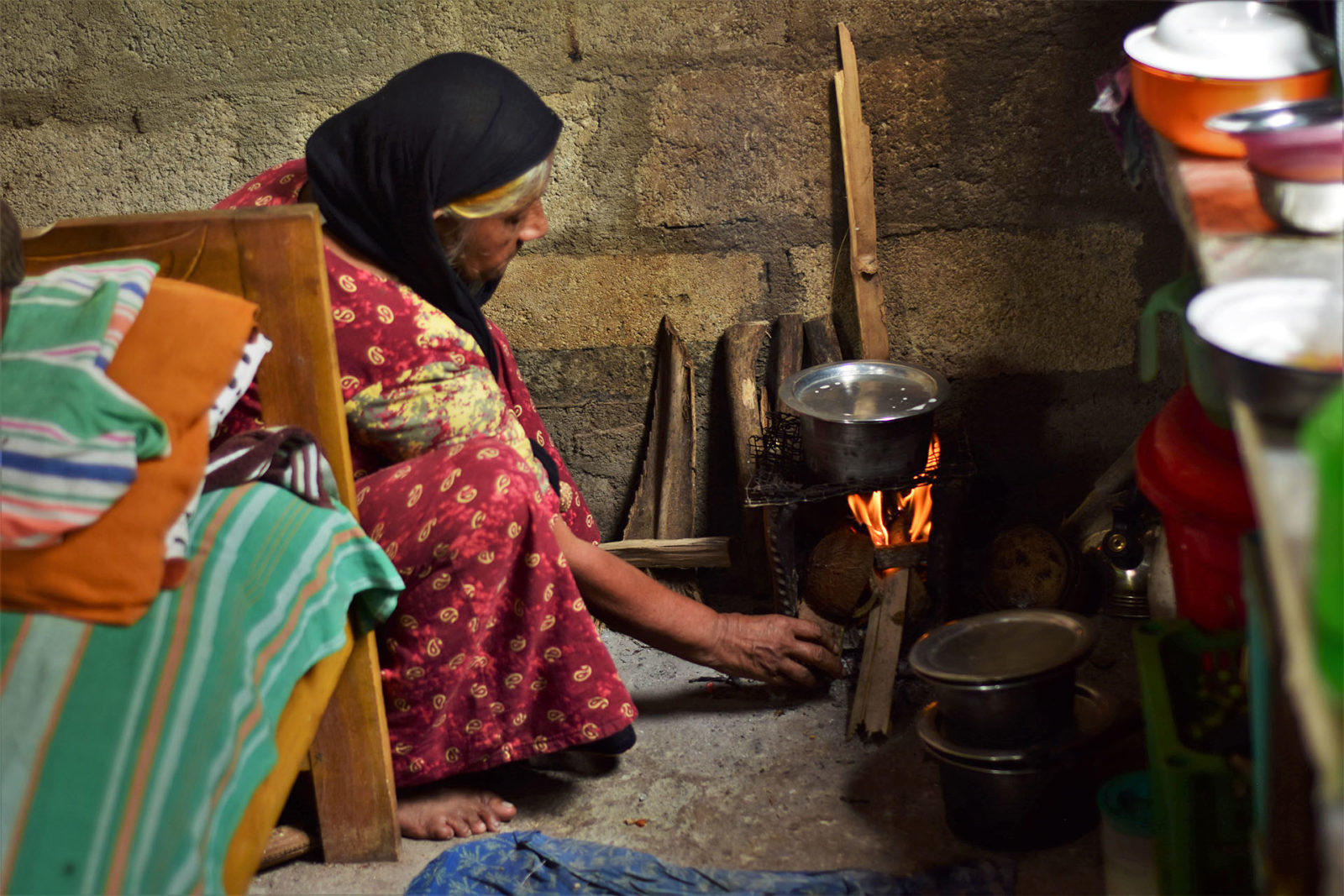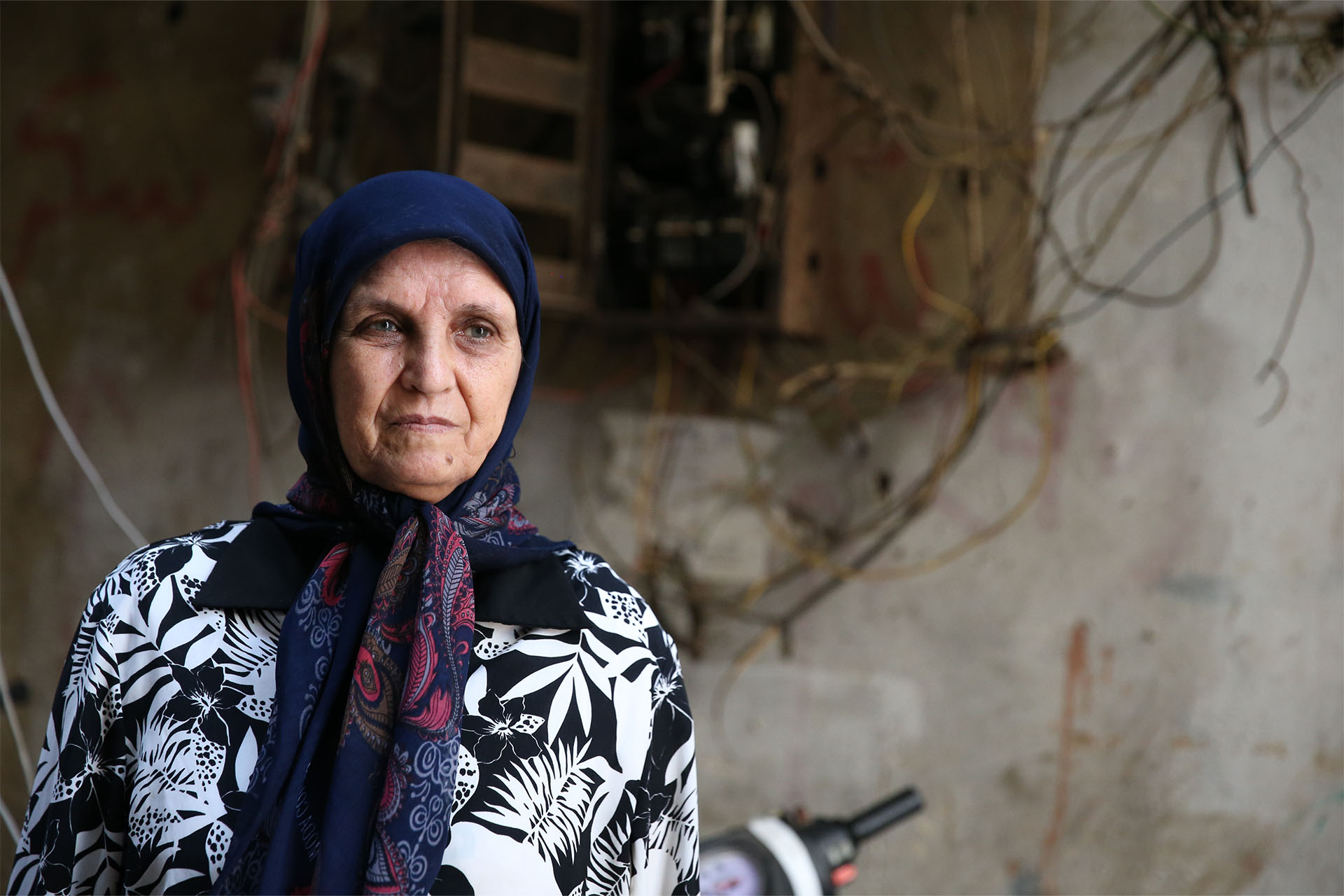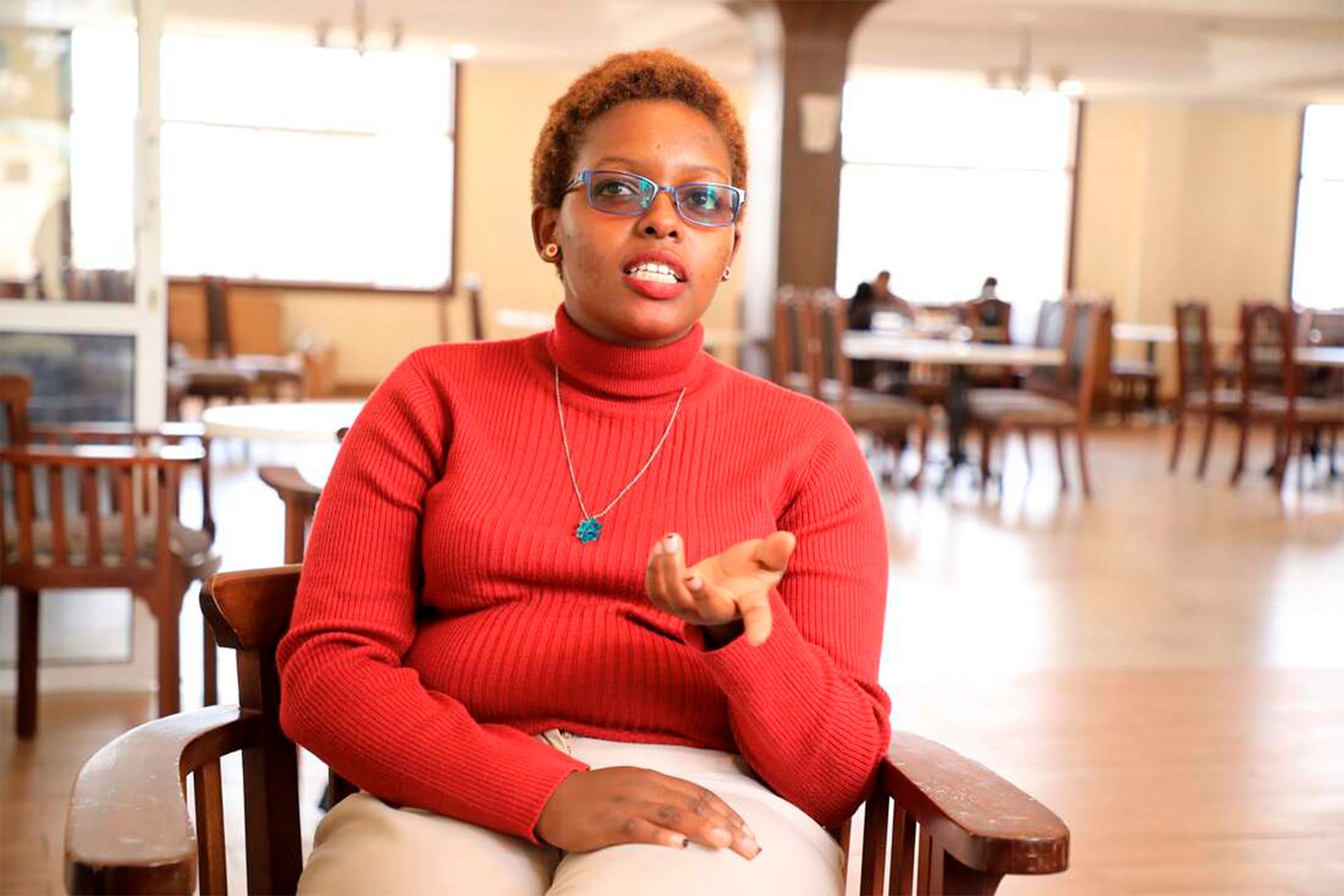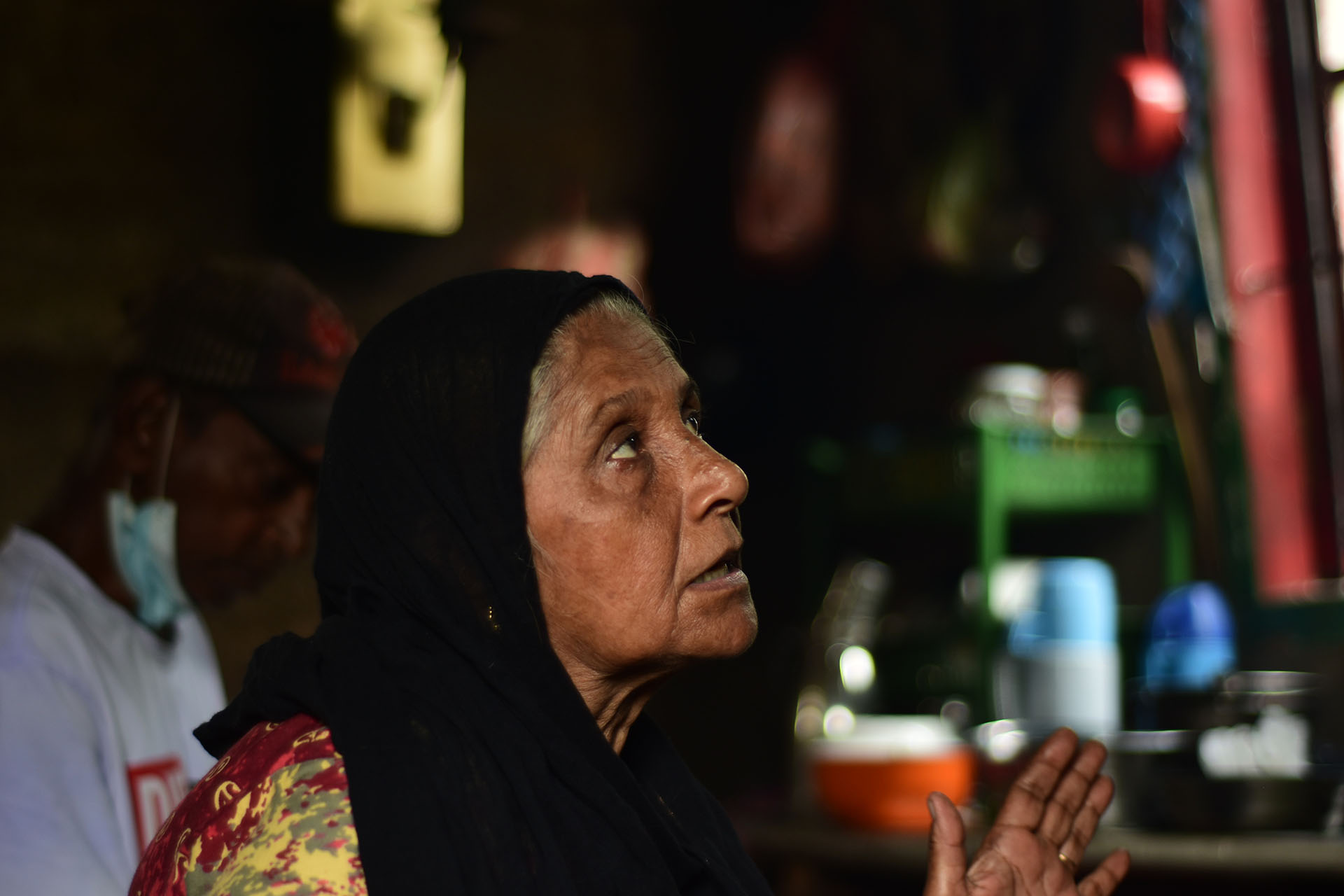Feroza Hussein, 58, lives on the outskirts of the capital Colombo with her husband, a day laborer who has struggled to find consistent work since the start of the pandemic. She recently had to quit working because of her high blood pressure, and they have been hit hard by rising costs. Her comments have been translated from Sinhalese and edited for length.
***
The price of gas had been increasing over the years and by last year we were struggling. But in 2022 the prices have exploded. A cylinder of 28 pounds of gas went from US$4 (1,493 Sri Lankan Rupees) to $7.43 and then to $13.50 within a few months.
Given that our monthly income is about $50 to $55, you can understand that cooking with gas is no longer possible. So I sold the cooker as well as the gas cylinder and switched to kerosene. Not only poor people like us who make a living through day labor, but people who were doing government and private sector jobs also started using kerosene.
In the last year, I went from using LP [liquefied petroleum] gas for cooking to kerosene, and now firewood. I live in a single room with my husband, and cooking with kerosene and now firewood is a risky business. Not that cooking with gas in a small room is not without risk, but with kerosene and firewood the risk of something catching on fire increases. But for poor people like us, there is no choice.
So, I had to be careful with the kerosene cooker. I have also heard of stories that the fumes from kerosene cookers can make you lose consciousness, so I always kept doors and windows open when I cooked using the kerosene cooker.
But kerosene was cheap. At a gas station I could buy 0.2 gallons of kerosene at $0.24. Because my husband and I eat only twice a day and we cook little, we could make do with 0.66 to 0.88 gallons of kerosene a month. This was a great relief for us.
But at the beginning of the year, it became harder to purchase kerosene at gas stations. People had to wait for 10-12 hours in queues to buy kerosene. I have high blood pressure and can’t wait. If my husband goes and waits in line, he won’t be able to work, and we will have to starve.
So, we started buying from the black market. There were vendors that sold a bottle at $0.28 initially and then they increased the price to $0.42 a bottle. But by April there was no kerosene at all.

Then we decided to switch to firewood, I mean what else can we do. Not only is this more dangerous than the kerosene cooker but it also takes more time and I need to be next to it throughout the cooking process. The smoke is a nightmare for people like us who live in one small room. Our bed and clothes are next to the stove, so I must worry about that too.
Sri Lanka is not a country for poor people now. The price of food is through the roof. The cost of a two-pound bag of rice is at least $0.58 now, which is twice what it used to be in January.
We used to make roti but we have stopped that after flour prices went up. My husband loves bread, but a loaf of bread is now about $0.42. My husband also tries to find free vegetables and leaves that are edible, on his way home after work.
Even the price of milk powder is unbearably high. A small packet of 0.15 pounds is now $0.42, but we try to buy it because we are used to having a milk tea or a coffee in the morning. That’s the only luxury we have.
I go to a government clinic once a month. There is also a shortage of medicine in the country, but so far, I am getting my medicine free of charge from the government. If that stops, I will just have to stop taking medicine and prepare to die.
***
Note: A US dollar was trading at 380 Sri Lankan rupees on May 12, 2022
Editor’s note: The Fuller Project and the Nation produced this dispatch as part of our “Financial Pandemic” project, a collection of firsthand accounts on how the cost-of-living crisis is affecting the daily lives of women around the world.


Financial Pandemic: As living costs spiral in Kenya, a mother sacrifices to spare family from ‘dire times’



 Rathindra Kuruwita
Rathindra Kuruwita
